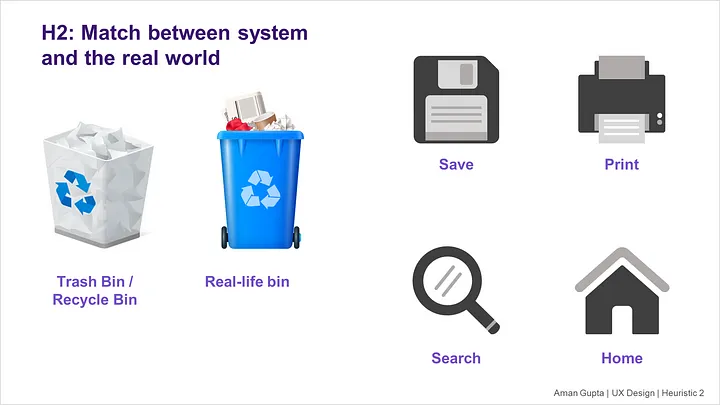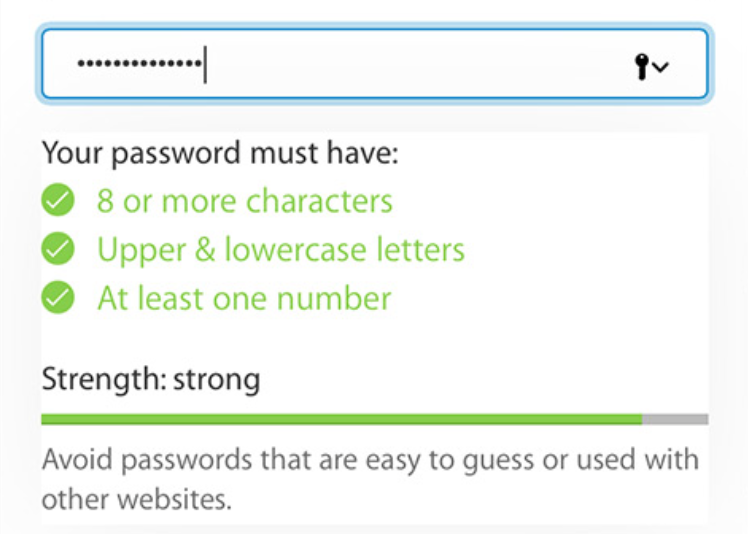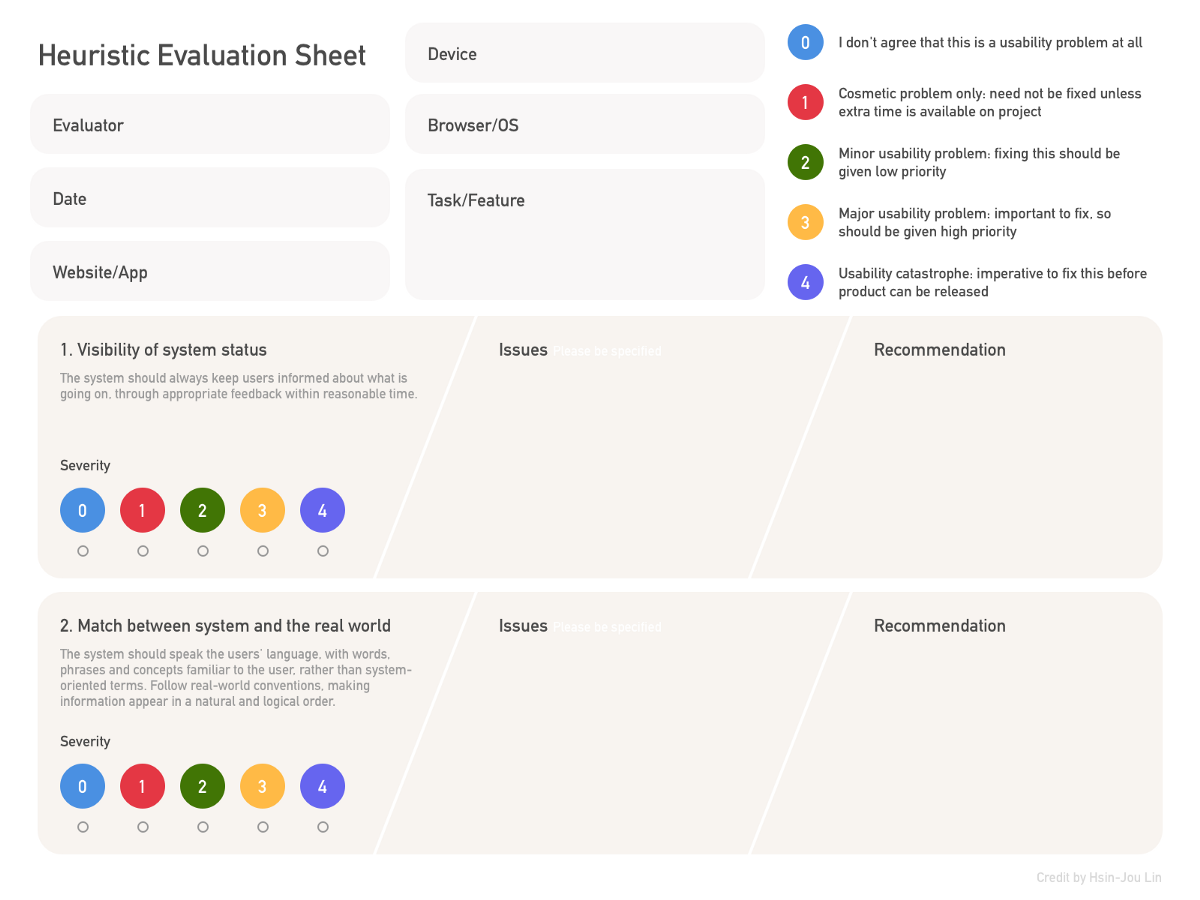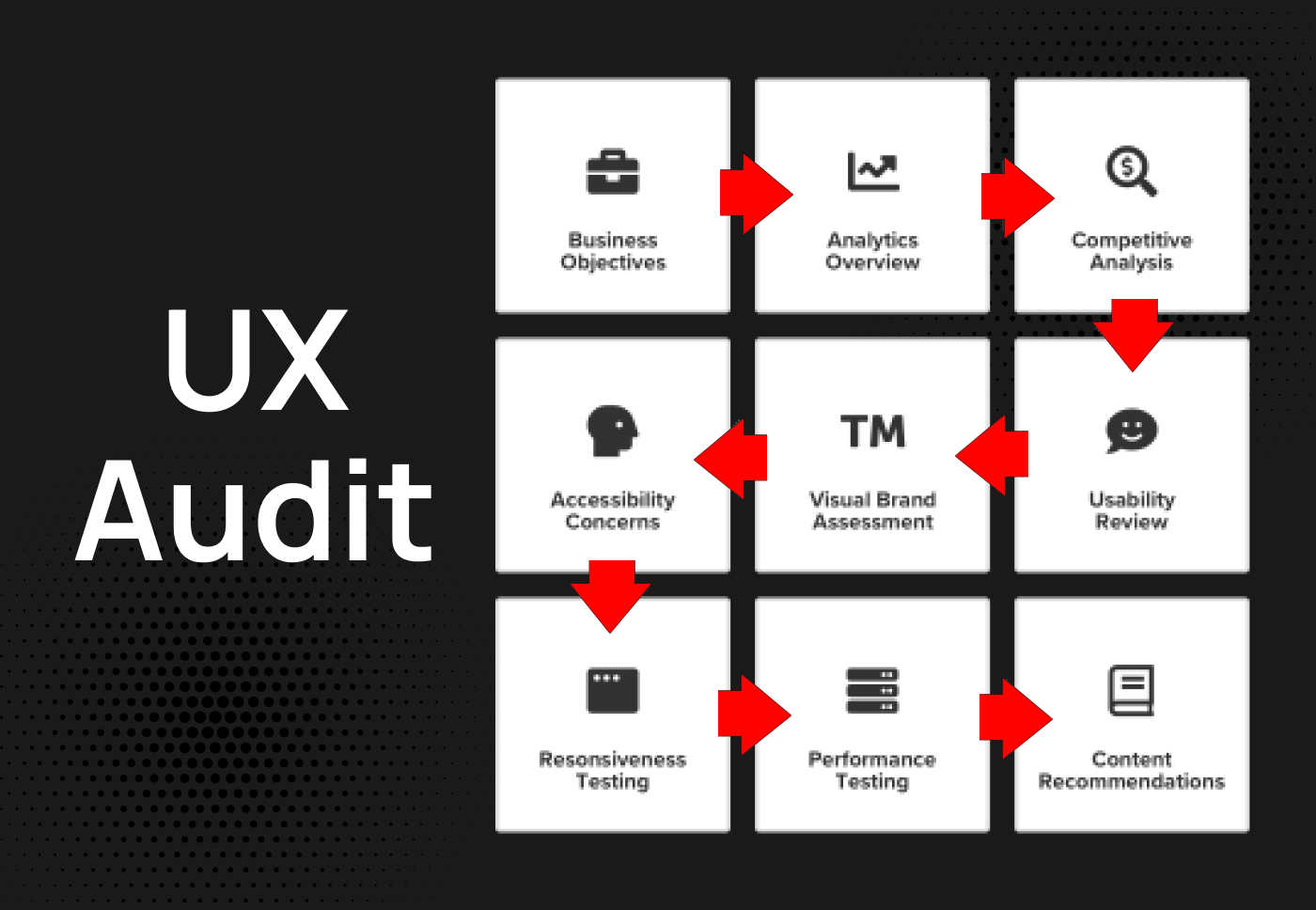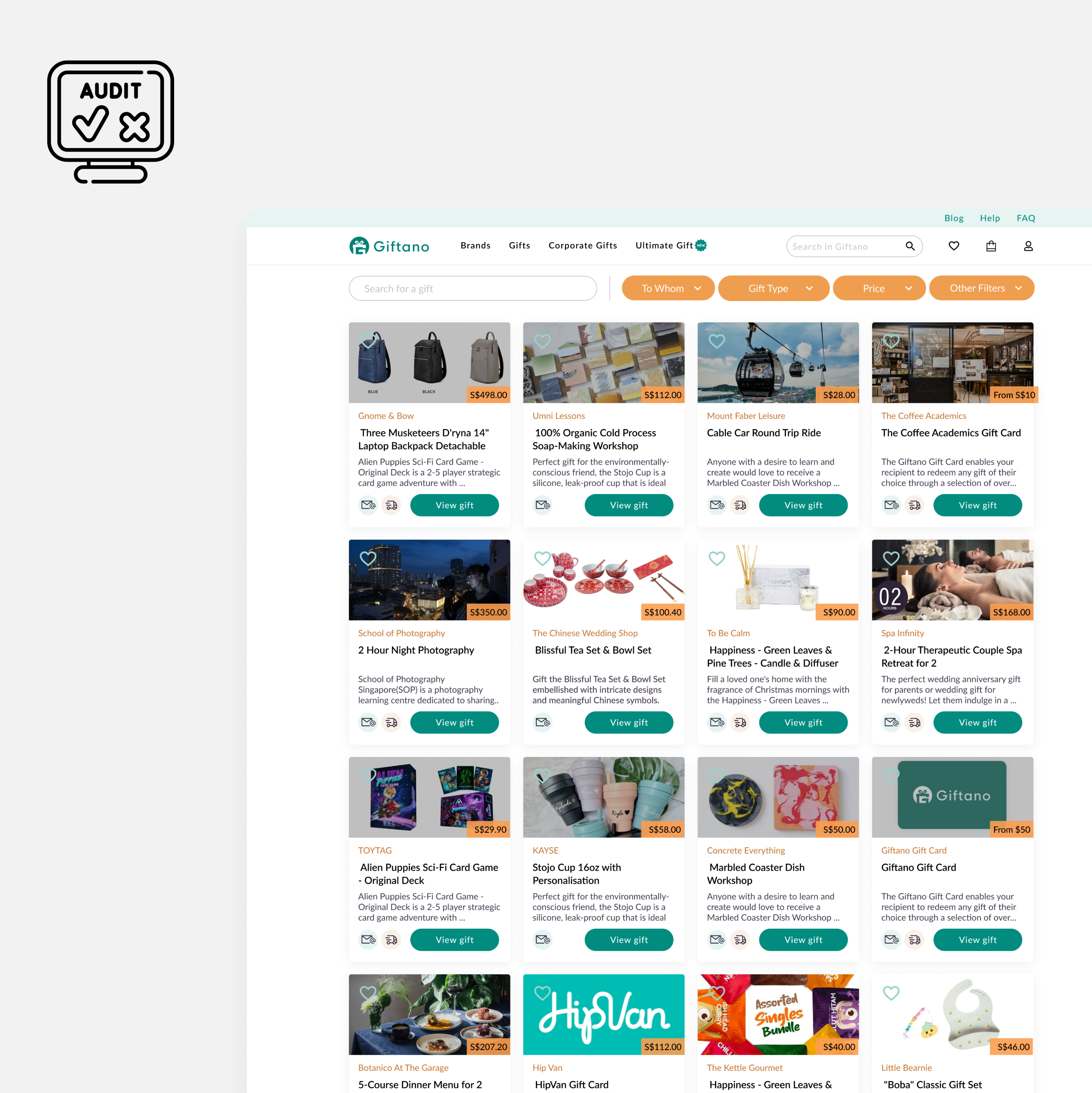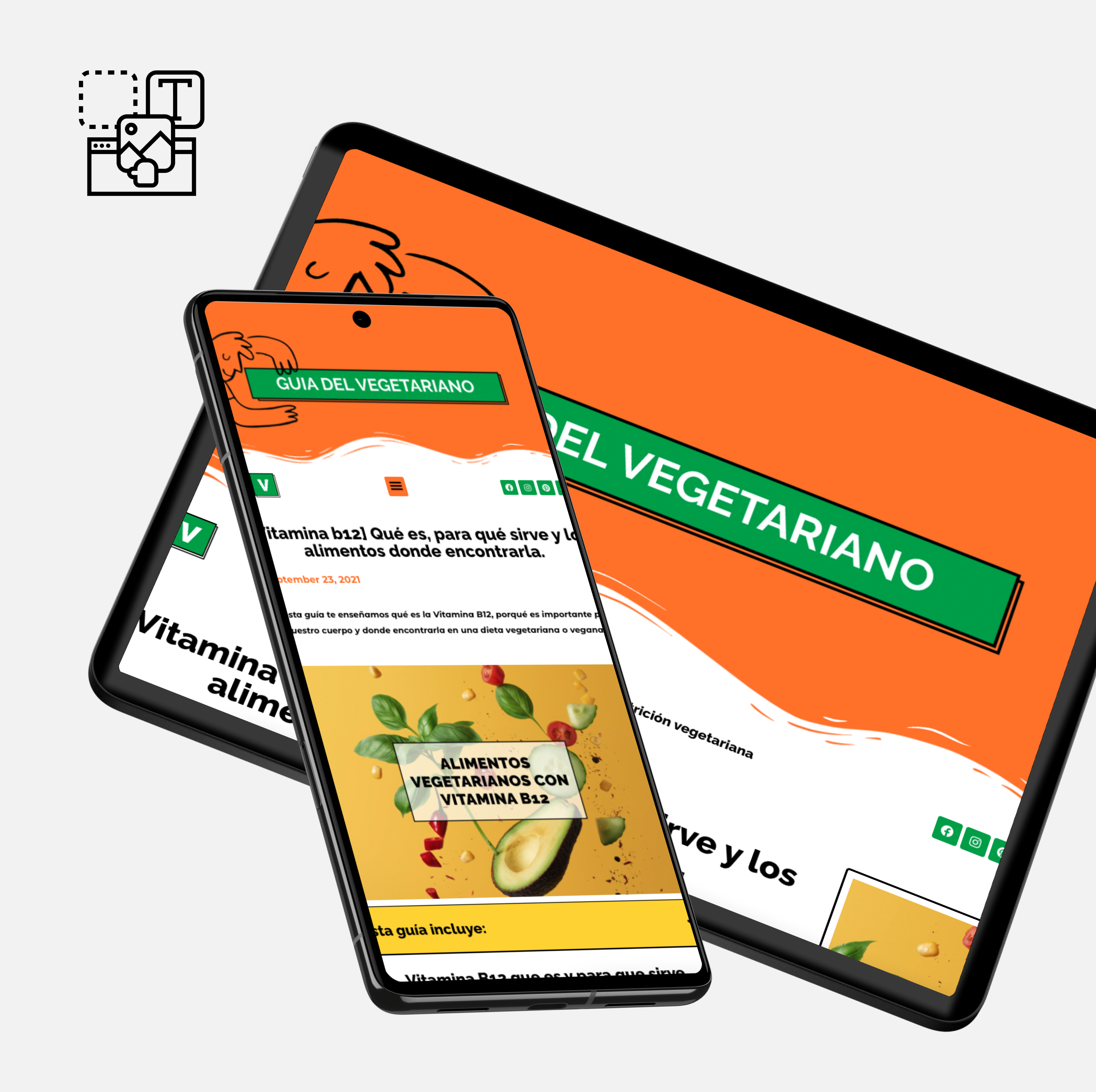A UX (user experience) audit is a process of evaluating the usability, accessibility, and overall quality of a product or service from the perspective of its users. It involves a thorough examination of the product’s design, functionality, and content, with the goal of identifying any issues or problems that may be impacting the user’s experience.
The UX audit process typically includes a combination of research methods, such as user interviews, surveys, and usability testing, as well as an analysis of the product’s design and content. The results of the audit are then used to create a report that highlights the key issues and provides recommendations for improvement.
The purpose of a UX audit is to identify areas for improvement in the product or service, and provide actionable insights to help the design and development teams to address these issues. The audit can help to identify any issues that may be impacting the user’s experience, such as poor navigation, confusing content, or a lack of accessibility.
An UX audit can be applied to a wide range of digital products such as websites, mobile apps, software, and other interactive digital experiences. It can also be applied to non-digital products, in a similar way that one can evaluate physical products usability.
In summary, a UX audit is a comprehensive evaluation of the user experience of a product or service, with the goal of identifying any issues or problems that may be impacting the user’s experience and providing recommendations for improvement.





